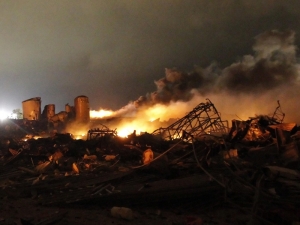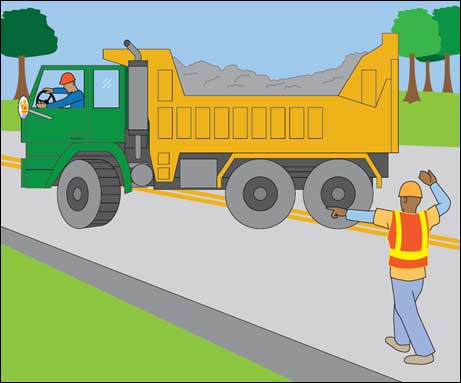 A backover incident occurs when a backing vehicle strikes a worker who is standing, walking, or kneeling behind the vehicle. These incidents can be prevented. According to the Bureau of Labor Statistics, over 70 workers died from backover incidents in 2011.
A backover incident occurs when a backing vehicle strikes a worker who is standing, walking, or kneeling behind the vehicle. These incidents can be prevented. According to the Bureau of Labor Statistics, over 70 workers died from backover incidents in 2011.
Category: Risk Management
Deepwater Horizon Oil Spill and Human Error
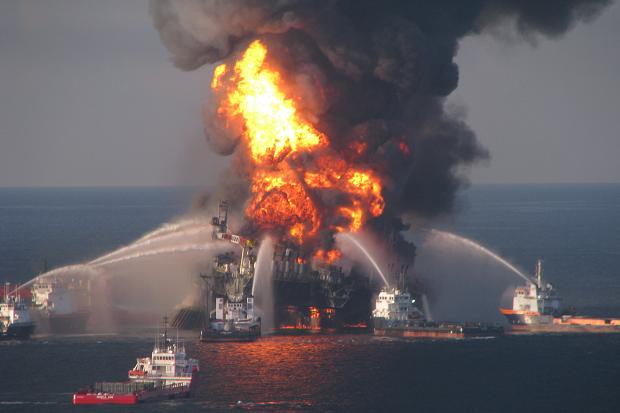 The Deepwater Horizon Oil Spill, the largest accidental marine oil spill in history, was most likely caused by human error, cost cutting and an insufficient safety system.
The Deepwater Horizon Oil Spill, the largest accidental marine oil spill in history, was most likely caused by human error, cost cutting and an insufficient safety system.
BP’s head of safety admits human error over oil spill. A pressure test which would have revealed problems in the drill “was incorrectly deemed a success by BP and Transocean rig personnel”, he said. And on three occasions, real-time monitoring data from the rig indicated that pipe pressure had increased, when it should have dropped. These indicators went “unobserved or unrecognized” for about 40 minutes, which “significantly shortened” the workers’ emergency response time.
The Affordable Care Act and Wellness Programs
 Implementing and expanding employer wellness programs may offer our nation the opportunity to not only improve the health of Americans, but also help control health care spending.
Implementing and expanding employer wellness programs may offer our nation the opportunity to not only improve the health of Americans, but also help control health care spending.
The Affordable Care Act creates new incentives and builds on existing wellness program policies to promote employer wellness programs and encourage opportunities to support healthier workplaces. The Departments of Health and Human Services HHS, Labor and the Treasury are jointly releasing proposed rules on wellness programs to reflect the changes to existing wellness provisions made by the Affordable Care Act and to encourage appropriately designed, consumer-protective wellness programs in group health coverage. These proposed rules would be effective for plan years starting on or after January 1, 2014.
via The Affordable Care Act and Wellness Programs | HealthCare.gov.
What is the Purpose of a Safety Committee?
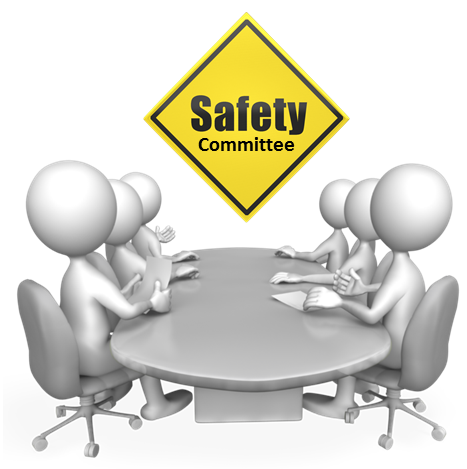 The purpose of a safety committee is to bring workers and management together in a non-adversarial, cooperative effort to promote safety and health in each workplace. A safety committee assists the employer and makes recommendations for change.
The purpose of a safety committee is to bring workers and management together in a non-adversarial, cooperative effort to promote safety and health in each workplace. A safety committee assists the employer and makes recommendations for change.
via Safety Committee Development — Occupational Health & Safety.
What can you do to avoid falling at work?
 You can reduce the risk of slipping on wet flooring by:
You can reduce the risk of slipping on wet flooring by:
- taking your time and paying attention to where you are going
- adjusting your stride to a pace that is suitable for the walking surface and the tasks you are doing
- walking with the feet pointed slightly outward
- making wide turns at corners
You can reduce the risk of tripping by:
- keeping walking areas clear from clutter or obstructions
- keeping flooring in good conditon
- always using installed light sources that provide sufficient light for your tasks
- using a flashlight if you enter a dark room where there is no light
- ensuring that things you are carrying or pushing do not prevent you from seeing any obstructions, spills, etc.
Major Hazard Communication Changes
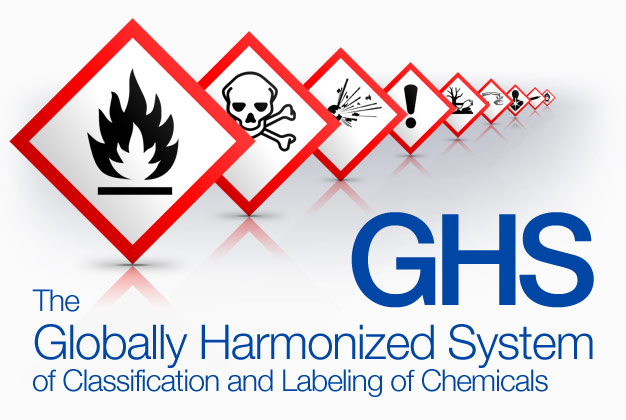 Major changes to the Hazard Communication Standard
Major changes to the Hazard Communication Standard
- Hazard classification: Provides specific criteria for classification of health and physical hazards, as well as classification of mixtures.
- Labels: Chemical manufacturers and importers will be required to provide a label that includes a harmonized signal word, pictogram, and hazard statement for each hazard class and category. Precautionary statements must also be provided.
- Safety Data Sheets: Will now have a specified 16-section format.
- Information and training: Employers are required to train workers by December 1, 2013 on the new labels elements and safety data sheets format to facilitate recognition and understanding.
via Hazard Communication.
Reduce and Manage Stress at Work
 While some workplace stress is normal, excessive stress can interfere with your productivity and impact your physical and emotional health. And your ability to deal with it can mean the difference between success or failure. You can’t control everything in your work environment, but that doesn’t mean you’re powerless—even when you’re stuck in a difficult situation. Finding ways to manage workplace stress isn’t about making huge changes or rethinking career ambitions, but rather about focusing on the one thing that’s always within your control: you.
While some workplace stress is normal, excessive stress can interfere with your productivity and impact your physical and emotional health. And your ability to deal with it can mean the difference between success or failure. You can’t control everything in your work environment, but that doesn’t mean you’re powerless—even when you’re stuck in a difficult situation. Finding ways to manage workplace stress isn’t about making huge changes or rethinking career ambitions, but rather about focusing on the one thing that’s always within your control: you.
via Stress at Work: How to Reduce and Manage Workplace and Job Stress.
Health Care Workers – Hazards on the Job
 Healthcare is the fastest-growing sector of the U.S. economy, employing over 18 million workers. Women represent nearly 80% of the healthcare work force. Health care workers face a wide range of hazards on the job, including needlestick injuries, back injuries, latex allergy, violence, and stress. Although it is possible to prevent or reduce healthcare worker exposure to these hazards, healthcare workers continue to experience injuries and illnesses in the workplace. Cases of nonfatal occupational injury and illness among to healthcare workers are among the highest of any industry sector. By contrast, two of the most hazardous industries, agriculture and construction, are safer today than they were a decade ago.
Healthcare is the fastest-growing sector of the U.S. economy, employing over 18 million workers. Women represent nearly 80% of the healthcare work force. Health care workers face a wide range of hazards on the job, including needlestick injuries, back injuries, latex allergy, violence, and stress. Although it is possible to prevent or reduce healthcare worker exposure to these hazards, healthcare workers continue to experience injuries and illnesses in the workplace. Cases of nonfatal occupational injury and illness among to healthcare workers are among the highest of any industry sector. By contrast, two of the most hazardous industries, agriculture and construction, are safer today than they were a decade ago.
via CDC – Health Care Workers – NIOSH Workplace Safety and Health Topic.
Fertilizer Plant Explosion – What is Anhydrous Ammonia? –
“Our thoughts and prayers go out to those that were killed and injured in the fertilizer plant explosion in Texas. Some of those were firefighters. We must never take our firefighters and first responders for granted as they risk their lives everyday on our behalf. “ -Randy Boss
Firefighters at the scene of a massive fertilizer plant explosion in Texas were concerned Wednesday night about anhydrous ammonia. According to the Centers for Disease Control and Prevention, anhydrous ammonia is a pungent gas with suffocating fumes that is used as a fertilizer. When exposed to humans, it can cause various problems:
- Anhydrous means without water
- Anhydrous ammonia can rapidly cause dehydration and severe burns if it combines with water in the body
- Symptoms can include breathing difficulty; irritation of the eyes, nose or throat; burns or blisters.
- Exposure to high concentrations can lead to death.
- Victims require treatment with large quantities of water for at least 15 minutes
- It must be stored at high pressure, according to the University of Minnesota.
- It is a low-cost, highly effective nitrogen-based fertilizer, the University of Arkansas said.
- It is one part nitrogen and three parts hydrogen.
- When released, the vapors initially move close to the ground, causing greater risk for exposure.
Creating a Safety Culture
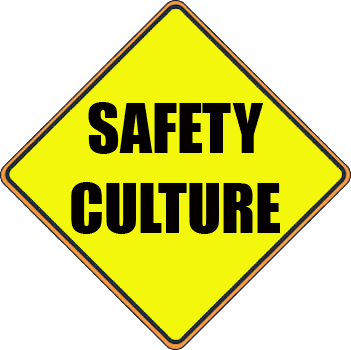 Why do you want a strong safety culture?
Why do you want a strong safety culture?
It has been observed at the OSHA VPP sites and confirmed by independent research that developing strong safety cultures have the single greatest impact on accident reduction of any process. It is for this single reason that developing these cultures should be top priority for all managers and supervisors.
What is a safety culture – how will it impact my company?
Safety cultures consist of shared beliefs, practices, and attitudes that exist at an establishment. Culture is the atmosphere created by those beliefs, attitudes, etc., which shape our behavior. An organizations safety culture is the result of a number of factors such as:
- Management and employee norms, assumptions and beliefs;
- Management and employee attitudes;
- Values, myths, stories;
- Policies and procedures;
- Supervisor priorities, responsibilities and accountability;
- Production and bottom line pressures vs. quality issues;
- Actions or lack of action to correct unsafe behaviors;
- Employee training and motivation; and
- Employee involvement or “buy-in.”

